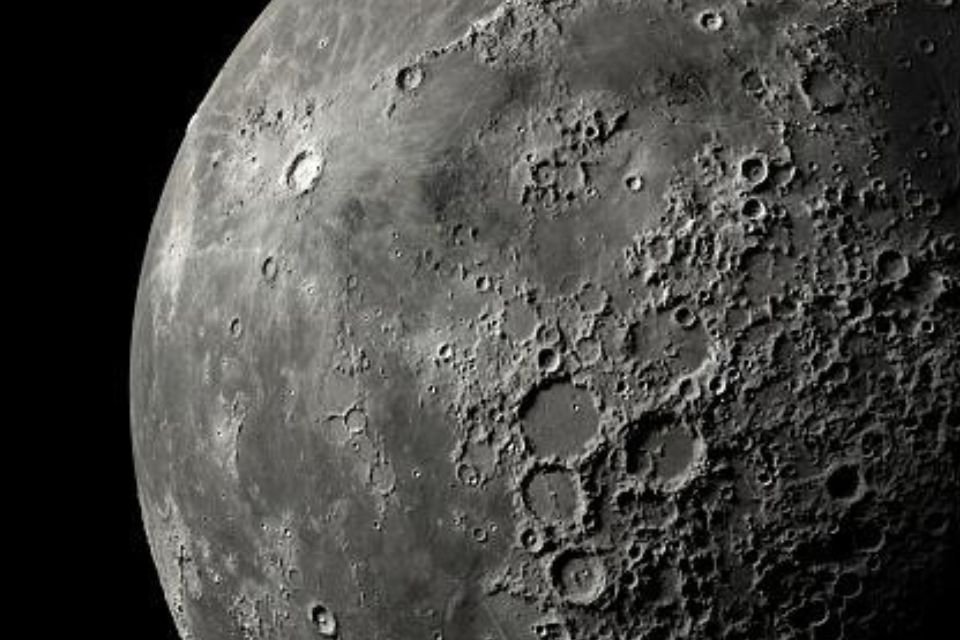According to a study published in the scientific journal Nature, The far side of the Moon is emitting heat waves, and this could be new evidence of lunar volcanism.. The result was found after a team of scientists analyzed a huge granite matrix found under the Moon’s surface.
As the scientists explain, the data indicate the presence of an enormous mass of solidified magma that was deposited deep within the lunar surface about 3.5 billion years ago.
For granite formation, Some important conditions are required, such as liquid water and plate tectonics, but there is no liquid water or plate tectonics on the Moon.. In addition, the production of granite goes through the fusion of several basaltic rocks or the breakdown of crystals into liquid basalt.
Scientists claim Similar evidence is commonly found on planet Earth, so they are excited to see granite on the Moon.. Igneous rock is almost never found in other parts of the Solar System due to the conditions necessary for its formation.
What we found was that one of these suspected volcanoes, known as Compton-Belkovich, was definitely glowing at microwave wavelengths. That means it’s hot on the surface, not on the surface as you’d see in infrared,” said Matthew Siegler, a planetary scientist at Southern Methodist University and Institute for Planetary Science.
granite and heat on the moon
During the analysis of data collected by the Chinese orbiters Chang’e 1 and Chang’e 2, the researchers noticed that the satellite radiates 20 times more heat than the average for the highest places on the lunar surface. The heat is on the far side of the Moon, at the north pole, under a volcanic region known as Compton-Belkovich.
Scientists believe that The heat detected must have been the result of radioactive decay, as the area is well known for producing large amounts of the element thorium.. In any case, the team still doesn’t fully understand how granite developed under the Moon’s surface, as the Moon lacks water and tectonic plates; perhaps the answer lies in the heat generated by the satellite.
“The only way to explain it can be explained by the extra heat coming from somewhere under the deepest lunar crust. So Compton-Belkovich, believed to be a volcano, also hides a large source of heat beneath it. Water, making granite requires extreme situations. Here’s the waterless and no plate tectonics. system – but you have granite,” adds Siegler.
Source: Tec Mundo
I’m Blaine Morgan, an experienced journalist and writer with over 8 years of experience in the tech industry. My expertise lies in writing about technology news and trends, covering everything from cutting-edge gadgets to emerging software developments. I’ve written for several leading publications including Gadget Onus where I am an author.













